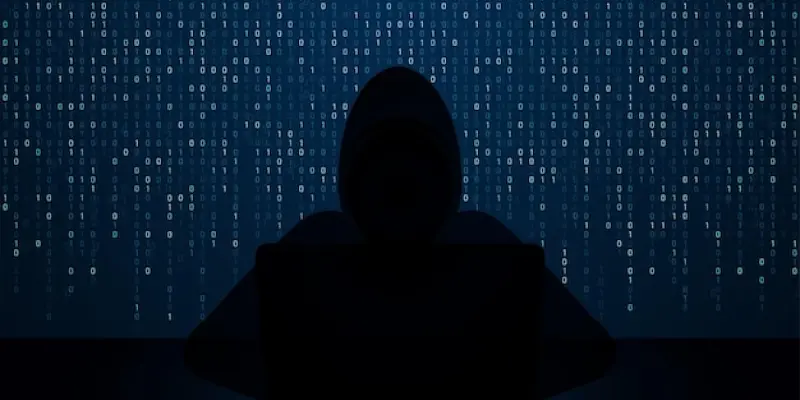In today’s rapidly evolving technological landscape, local governments across the United States face an alarming challenge: the increasing threat of sophisticated cyberattacks. One particularly concerning incident involves a Chinese threat actor group known as UAT-6382, which has targeted municipal systems by exploiting vulnerabilities in the Cityworks asset management system. This attack underscores the urgent need for local governments to bolster their cybersecurity defenses. The exploitation of vulnerability CVE-2025-0994 in versions of Cityworks before 15.8.9 has opened a pathway for these attackers to infiltrate American municipal networks, ultimately risking government data safety and integrity. The operations by UAT-6382 began in the early months of 2025 and demonstrated an alarming level of expertise and precision in their methods. They gained initial access to the networks by executing remote code on Microsoft IIS web servers—a strategic vulnerability that allowed them to enter municipal systems with ease. Beyond entry, the group quickly performed reconnaissance to understand the technological environment before deploying web shells and custom malware. These web shells, including tools like AntSword and Behinder, facilitated ongoing access and data exfiltration, creating backdoor entries that pose significant risks. The attackers also capitalized on advanced techniques, such as employing PowerShell to install backdoors and utilizing Rust-based loaders labeled ‘TetraLoader’ that inject malicious code into processes to avoid detection.
Rise of Sophisticated Cyber Techniques
The strategy implemented by UAT-6382 highlights a concerning trend in the cyber landscape. Their operation involved leveraging advanced tools and approaches that signify a high level of cyber espionage. The deployment of TetraLoader, for instance, is a testimony to the group’s proficiency, as it installed Cobalt Strike beacons and VShell stagers within benign processes, thereby enabling remote access functionalities to persist. The construction of TetraLoader using ‘MaLoader’ in Simplified Chinese further fortifies the evidence pointing to the threat’s origins. Elements embedded within the code and certain messaging in Chinese strongly suggest the attack’s derivation from China. This technical complexity is compounded by the financial motivations driving these cyber adversaries. Municipal systems often contain lucrative data, making them desirable targets for such actors. The methods and tools employed by UAT-6382 echo a broader strategic trend where Chinese-speaking threat entities focus on lucrative municipal systems with the intent of either data theft or disruption. Various cities across the country find themselves grappling with the potential consequences of such breaches, emphasizing the importance of understanding and defending against these sophisticated tactics. Such attacks emphasize the cyclical nature of cyber threats, necessitating ongoing vigilance and adaptation by local government entities.
Protections Against Vulnerabilities
In response to the alarming developments, protecting local government systems has become more crucial than ever. Specifically, one of the most immediate actions is upgrading to the latest Cityworks version (15.8.9 or later) to close the critical vulnerability CVE-2025-0994, which the attackers abused for initial access. This version mitigates several vulnerabilities that could otherwise serve as entry points for malicious entities. Additionally, employing advanced detection strategies using Cisco’s technical indicators assists significantly in identifying breach attempts, enabling rapid response and containment. Such proactive measures are vital in ensuring the safety and continuity of local government services.
However, technical upgrades alone may not suffice in providing robust security. A comprehensive approach also involves regular training for staff members on recognizing and responding to cyber threats and incorporating extensive monitoring of network activities. Establishing an incident response protocol and maintaining updated cybersecurity policies help reinforce defenses against intrusion attempts. Local governments must prioritize cybersecurity investments, recognizing the potential impact a breach could have not only on data security but also on public trust. As cyber threats grow in sophistication and frequency, maintaining an up-to-date understanding of security best practices remains a fundamental aspect of safeguarding local communities and their data.
Navigating Future Cybersecurity Challenges
In the fast-paced world of technology, U.S. local governments face the growing menace of complex cyberattacks. A Chinese threat group, UAT-6382, exemplifies this danger by targeting city systems through vulnerabilities in the Cityworks asset management software. This highlights the critical need for municipalities to enhance their cybersecurity measures. Specifically, they exploit a flaw known as CVE-2025-0994 found in versions of Cityworks older than 15.8.9, compromising network security and threatening government data integrity.
UAT-6382’s activities began in early 2025, showcasing their high level of skill and strategic planning. Initially, they leveraged remote code execution weaknesses in Microsoft IIS web servers, allowing seamless entry into city networks. Once inside, they conducted thorough reconnaissance to learn the existing technological framework, then deployed web shells and specialized malware. Web shells, such as AntSword and Behinder, enabled ongoing access and data theft via backdoor entry points. Utilizing advanced methods, they used PowerShell to insert backdoors and employed Rust-based tools called ‘TetraLoader’ to cloak malicious activities.

